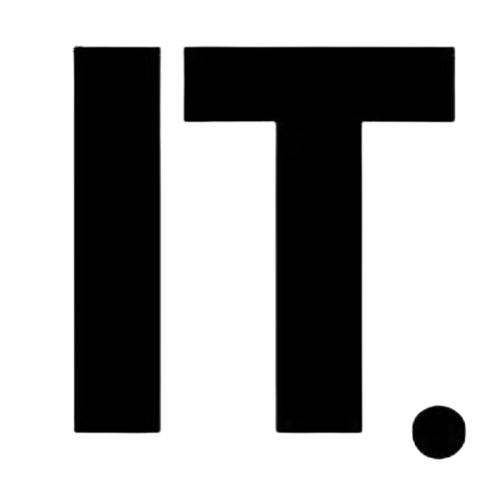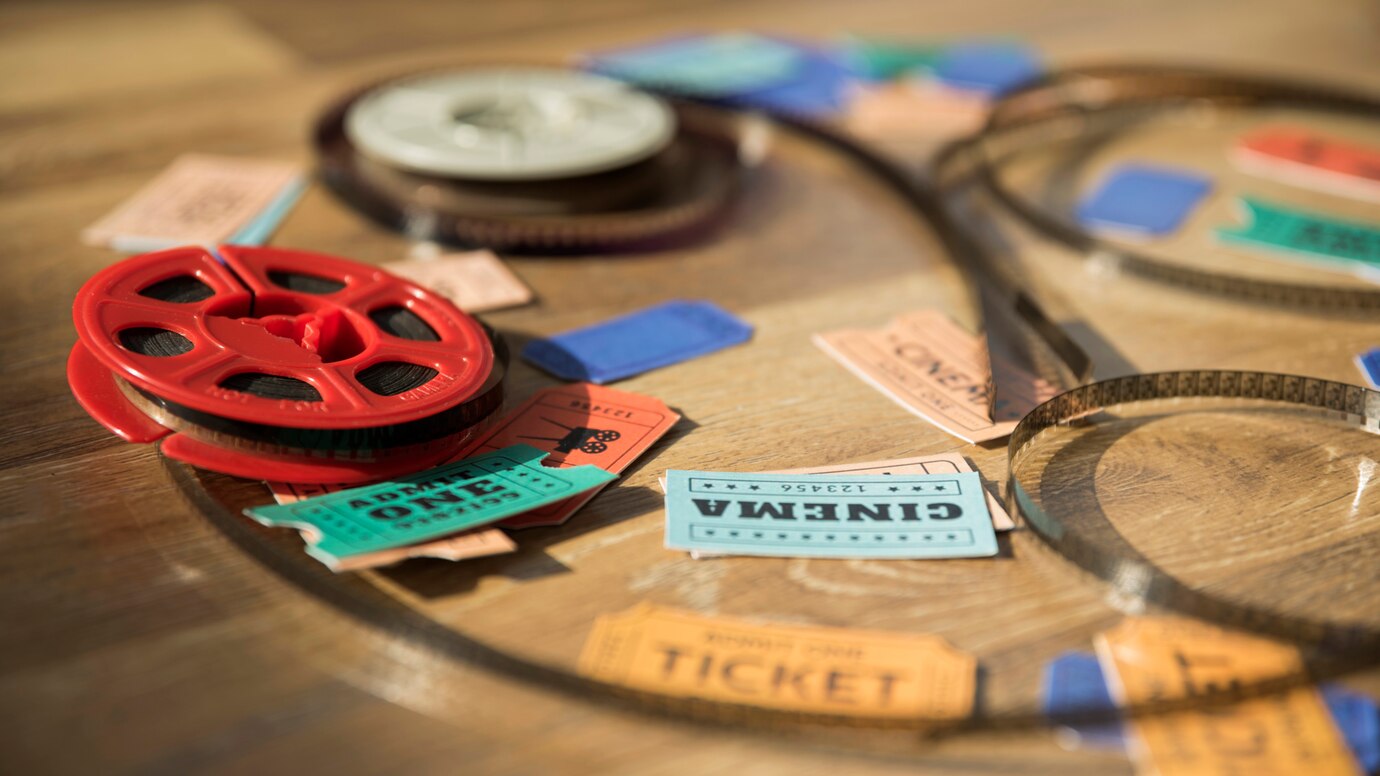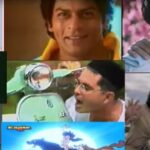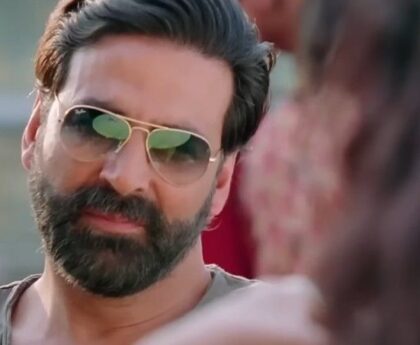Contents
- 1 Finding long-lost masterpieces that changed an era
- 1.1 1. Pyaasa (1957)
- 1.2 2. Teesri Kasam (1966)
- 1.3 3. Garm Hava (1974)
- 1.4 4. Bhuvan Shome (1969)
- 1.5 5. Ankur (1974)
- 1.6 6. Khamoshi (1969)
- 1.7 7. Koshish (1972)
- 1.8 8. Jaane Bhi Do Yaaro (1983)
- 1.9 9. Kalyug (1981)
- 1.10 10. Sparsh (1980)
- 1.11 A Heritage That Lives
- 1.12 FAQs
- 1.12.1 What are some must-watch Hindi cinema’s golden age movies?
- 1.12.2 Why is parallel cinema movement in India significant?
- 1.12.3 Where can I watch these long-lost masterpieces of Hindi cinema?
- 1.12.4 Who are some legendary actors in Hindi cinema’s golden era?
- 1.12.5 What makes movies like Jaane Bhi Do Yaaro (1983) relevant today?
- 1.13 Related Articles
Finding long-lost masterpieces that changed an era
Hindi cinema’s golden age gave us many great movies that still inspire filmmakers all over the world. There are some amazing movies that are still hidden away in the corners of time, waiting to be found again. These hidden gems have real stories, amazing performances, and great directing that modern viewers don’t see very often.
Let’s go on a journey through ten amazing movies that every movie lover should see:
1. Pyaasa (1957)

Guru Dutt’s great work is about a poet who is having a hard time with society and himself. The film’s haunting music, poetic dialogue, and stunning black-and-white cinematography make for a very sad and biting social commentary.
The movie’s look at the conflict between artistic integrity and commercial success is still very relevant today. The song “Jaane Kya Tune Kahi” is a great example of how well composer S.D. Burman and lyricist Sahir Ludhianvi work together.
You should watch it for Waheeda Rehman’s amazing acting and Guru Dutt’s great direction, which uses light and shadows to show how the main character is feeling.
2. Teesri Kasam (1966)
Raj Kapoor plays a simple bullock-cart driver who falls in love with a nautanki dancer played by Waheeda Rehman in this heartbreaking story. The movie is based on Phanishwarnath Renu’s short story “Maare Gaye Gulfam” and looks at how rural innocence and worldly cynicism clash.
Director Basu Bhattacharya shows village life in a way that is very real and not often seen in mainstream movies. Shankar-Jaikishan’s folk-inspired soundtrack for the movie is still a high point in Hindi film music.
Watch it for: The chemistry between the main characters and how honestly it shows rural life without making it seem romantic.
3. Garm Hava (1974)
M.S. Sathyu’s unflinching look at a Muslim family’s choice to stay in their home country after the 1947 partition is one of the most important political movies ever made. The movie doesn’t go overboard with drama; instead, it shows deep personal tragedy against a backdrop of historical change.
As Salim Mirza, a shoe maker whose world is falling apart, Balraj Sahni gives a career-defining performance.
Watch it for: Its brave handling of sensitive topics and the way it makes historical events come to life in a documentary-like way.
4. Bhuvan Shome (1969)

Utpal Dutt plays a strict railway officer in this early example of the parallel cinema movement. His life changes on a bird-hunting trip. Mrinal Sen, the director, tells a simple but deep story about how meeting someone by chance can change even the hardest hearts.
The movie was made on a very low budget, but its unique storytelling methods and documentary-like style have inspired many independent filmmakers since then.
You should watch it for Utpal Dutt’s subtle portrayal of a bureaucrat slowly becoming more human and the movie’s lighthearted humor.
5. Ankur (1974)

Shyam Benegal’s first feature film showed that he was a great director. The movie is set in a feudal village and follows the son of a landlord (Anant Nag) who starts an affair with a servant woman (Shabana Azmi) while her husband is away.
The movie’s honest look at power dynamics, caste exploitation, and rural hypocrisy made it groundbreaking for its time.
You should watch it for Shabana Azmi’s breakout role and Benegal’s confident direction, which avoids sentimentality in favor of brutal honesty.
6. Khamoshi (1969)

The story by Rajinder Singh Bedi about a devoted nurse (Waheeda Rehman) who keeps falling in love with her psychiatric patients was praised by critics but didn’t do well at the box office. Asit Sen made a psychological drama that was way ahead of its time.
The movie’s look at mental health, professional ethics, and unrequited love is still strong decades later. The sad music by Hemant Kumar fits the story’s emotional landscape perfectly.
See it for: Waheeda Rehman’s amazing performance and how the movie sensitively shows mental illness.
7. Koshish (1972)

Sanjeev Kumar and Jaya Bhaduri play a deaf-mute couple in this groundbreaking movie about marriage, parenting, and problems in society. At a time when accurate portrayals were rare, director Gulzar handled disability with great care.
The movie has a lot of emotional depth even though the main characters don’t say a word. This is shown through gestures, expressions, and great sound design.
The main actors’ amazing performances, which they got by studying sign language and other ways of communicating without words for months, are what you should watch it for.
8. Jaane Bhi Do Yaaro (1983)

Kundan Shah’s dark comedy about two struggling photographers who accidentally take pictures of a murder became a cult classic even though it didn’t do well at the box office at first. The movie’s sharp satire of corruption, media ethics, and urban development feels eerily like it was made for today.
Its famous Mahabharata scene, in which historical figures interrupt a modern drama performance, is the best example of absurdist comedy.
Watch it for: Naseeruddin Shah, Om Puri, Pankaj Kapur, and Satish Shah all being funny together.
9. Kalyug (1981)
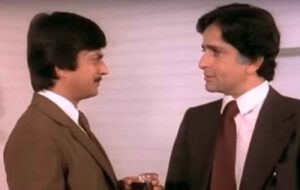
Shyam Benegal reimagines the Mahabharata in a modern setting, showing two industrial families fighting in a way that hurts everyone. The movie feels very modern because it talks about business ethics, family loyalty, and moral compromise.
This complicated story about the corrupting power of power has a great cast, including Shashi Kapoor, Rekha, Raj Babbar, and Anant Nag.
Watch it for: Its smart use of mythology to criticize modern capitalism and Victor Banerjee’s great performance.
10. Sparsh (1980)

Sai Paranjpye’s sensitive portrayal of a relationship between a blind school principal (Naseeruddin Shah) and a young widow (Shabana Azmi) avoids every cliché associated with disability narratives.
The movie thoughtfully looks at how pride, independence, and misunderstandings can keep people who care about each other apart. Its in-depth look at blindness that focused on abilities instead of limitations was groundbreaking.
Watch it for: The realistic depiction of a school for blind kids and the leads’ understated but powerful performances.
A Heritage That Lives
These ten great movies are just the tip of the iceberg of great movies that are waiting to be found again. Each movie pushed the limits of storytelling in new ways that still affect filmmakers all over the world.
These classics are different from formulaic movies because they take you on real emotional journeys, show you complex characters, and show you artistic visions that will never go out of style. They remind us that great movies are more than just entertainment; they are works of art that show us what it means to be human.
What other great but unknown books would you add to this list? The trip through the golden treasures of Hindi cinema has only just begun!
Must read: A Beginner’s Guide to Understanding Movie Ratings and Genres
FAQs
What are some must-watch Hindi cinema’s golden age movies?
Some must-watch films include Pyaasa (1957), Teesri Kasam (1966), and Garm Hava (1974), as they showcase unique storytelling and timeless performances.
Why is parallel cinema movement in India significant?
It brought realistic, socially relevant, and experimental stories to the forefront, unlike mainstream Bollywood films. Bhuvan Shome (1969) is an early example of this movement.
Where can I watch these long-lost masterpieces of Hindi cinema?
You can find several of these films restored and preserved at the Film Heritage Foundation or on select streaming platforms that feature classic Indian cinema.
Who are some legendary actors in Hindi cinema’s golden era?
Actors like Waheeda Rehman, Balraj Sahni, Shabana Azmi, Naseeruddin Shah, and Sanjeev Kumar gave memorable performances that defined this era.
What makes movies like Jaane Bhi Do Yaaro (1983) relevant today?
Its sharp satire of corruption, media ethics, and urban development continues to resonate with contemporary audiences, making it timeless.
